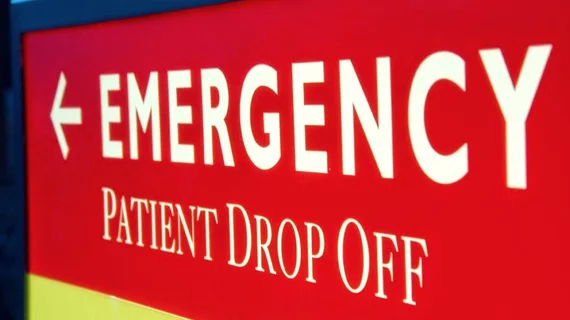A poll from the American College of Emergency Physicians (ACEP) found the group’s members lack confidence in their facilities’ ability to handle natural or man-made disasters, with large majorities of emergency room (ER) doctors saying they’re not fully prepared for a surge in patients and have experienced shortages of critical medications.
Of the 247 ER physicians who responded to the poll, only 6 percent said their department is “completely” prepared for surge capacity in the wake of a disaster or mass casualty incident. Nearly half—49 percent—said they’re somewhat prepared, while a combined 44 percent said their ER is “not completely” (27 percent) or “not at all” (17 percent) prepared to handle a major influx of patients.
Responses were more favorable on other measures of emergency preparedness—63 percent of ER physicians said their hospital had at least some access to real-time data of regional healthcare resources during a disaster, and 57 percent said their hospital was recently re-evaluated their plans to handle disasters and mass casualty incidents.
Another weakness in a disaster scenario for many ERs may be shortages of needed medications. Most respondents—91 percent—said they’ve experienced a shortage or absence of a “critical medicine” in the past month, with 69 percent saying such shortages have “increased a lot” in the past year.
"Hospitals and emergency medical services continue to suffer significant gaps in disaster preparedness, as well as national drug shortages for essential emergency medications,” ACEP president Paul Kivela, MD, said in a statement. “These shortages can last for months, or longer, and constitute a significant risk to patients. Emergency physicians are concerned that our system cannot even meet daily demands, let alone during a medical surge for a natural or man-made disaster."
Nearly one in four ER physicians said these shortages have harmed patients, with the vast majority saying they’ve had to take time away from patient care to see if some alternative treatment or medication would be viable.
ACEP’s recommended fix for drug shortages goes through Congress. It supports legislation being drafted called the Pandemic and All Hazards Preparedness and Advancing Innovation (PAHPAI) Act of 2018. This renewal of laws passed in 2006 and 2013 could be used to expand the capability of hospitals to respond to public health threats, according to ACEP, by closer tracking of hospital resources—including bed and ER capacity—and more consistent data sharing between healthcare facilities in the same region.
Despite the greater emphasis and regulation surrounding emergency preparedness, few ER physicians said their facilities have recently invested in infrastructure to better handle a surge in patients: 15 percent said such improvements have been made in the past year and another 21 percent said upgrades have been made in the past five years.

